Cardiothoracic Anesthesia and Critical Care, An issue of Anethesiology Clinics (Volume 43-2) (The Clinics: Internal Medicine, Volume 43-2)
PDF: 9.6MB
By: Karsten Bartels, Stefan Dieleman
This focused issue of Anesthesiology Clinics explores the latest advances and best practices in cardiothoracic anesthesia and critical care 🫀💉. Expert contributors provide comprehensive, practice-oriented reviews designed to guide anesthesiologists, intensivists, and perioperative care teams.
✨ Key Features:
-
🫁 In-depth coverage of cardiothoracic anesthesia techniques
-
🏥 Critical care management strategies for complex cardiac and thoracic patients
-
📑 Evidence-based, clinically significant insights from leading experts
-
🔄 Up-to-date discussions on evolving practices and innovations
Part of The Clinics: Internal Medicine series, this volume (43-2) is an essential resource for professionals seeking trusted guidance in the high-stakes fields of cardiothoracic surgery and perioperative critical care.


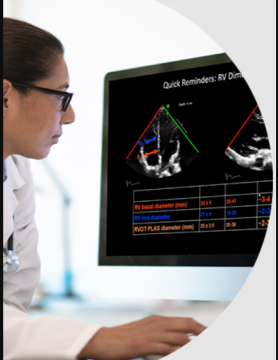

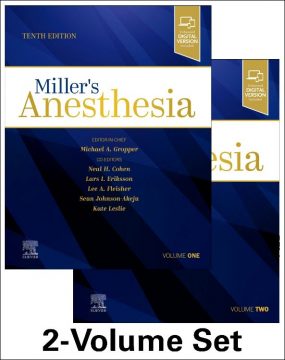
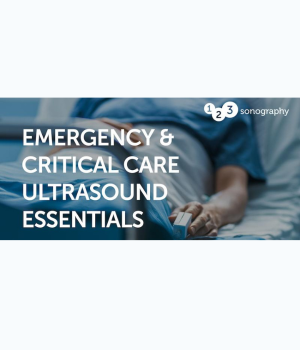

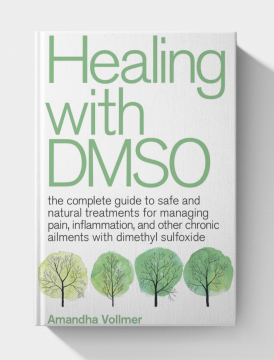
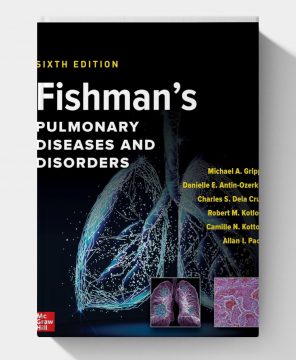
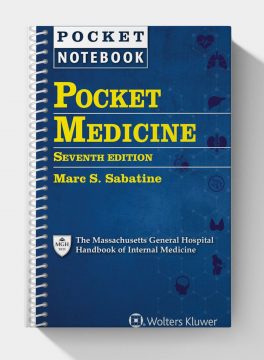
 Atlas of Emergency Medicine 5th Edition (143 Videos)
Atlas of Emergency Medicine 5th Edition (143 Videos) 
DANIEL PITA –
Reading this issue was very rewarding. I work in cardiac anesthesia and found the chapters on donor organ optimization and ventricular excitability modulation particularly enlightening. There are real pearls here that I can apply next time I assist with thoracic aortic repair. The ethics chapter was especially thought-provoking.
vanessa AMr –
Highly recommended if you want to stay at the top of your field.
Gizem & Mert –
The quality is very high. Some chapters (RV function; mitochondrial dysfunction) were packed with physiology and data—helpful, but I needed to take time to digest. If reading between cases or in limited time, it might feel a bit heavy. Still, worth the effort for those parts
Samantha K. –
Because this issue also covers critical care elements (e.g. acute kidney injury, mechanical support, right ventricular dysfunction) it’s useful not just for anesthetists but ICU physicians. I got useful updates on renal protection strategies and assessing RV function that I think will shape perioperative and postoperative care in ICU